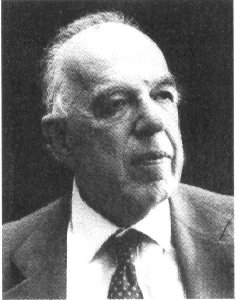
Gombrich
| Figuration |
Barfield would agree
with E. H. Gombrich's assertion
that "The innocent eye sees nothing." Without figuration, we would not
be able to make sense of the world:
It is the thinking in the perceiving that makes it one, objective world for all of us. There is nothing more private than a mere percept. . . . The concept apart, each one of us sees only his own private cardboard box, and its very shape depends on where he happens to be standing. (WA 172)"I may say, loosely, that I 'hear a thrush singing,'" Barfield takes pains to remind, "but in strict truth all that I ever merely 'hear'--all that I ever hear simply by virtue of having ears--is sound. When I 'hear a thrush singing,' I am hearing not with my ears alone, but with all sorts of other things like mental habits, memory, imagination, feeling and (to the extent at least that the action of attention involves it) will. Of a man who merely heard in the first sense, it could meaningfully be said that 'having ears (i.e. not being deaf) he heard not'" (SA 20-21). In ordinary experience, "I am not, or I am not very often, aware of smelling an unidentified smell and then thinking, 'That is coffee!' It appears to me, and appears instantly, that I smell coffee--though, in fact, I can no more merely smell 'coffee' than I can merely hear 'a thrush singing'" (SA 23).
| See in particular Saving the Appearances, Chaps. I, II, III. |